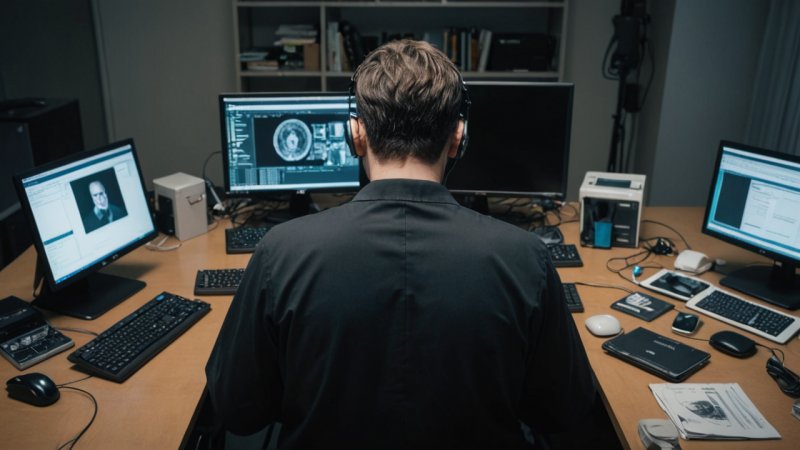Digital forensics is a critical field that focuses on uncovering and analyzing data from digital devices to aid in investigations. One of the most challenging aspects of digital forensics is dealing with mixed media evidence. This type of evidence comprises various forms of data, such as images, videos, and audio files, which can be difficult to analyze due to their diverse formats and storage methods.
Mixed media evidence can come from numerous sources, including social media platforms, smartphones, and digital cameras. Each source presents unique challenges in terms of data extraction and analysis. In many cases, these files are not only large but may also be encrypted or corrupted, complicating the forensic investigation further.
One of the key challenges in analyzing mixed media evidence is ensuring data integrity. Forensic experts must maintain a strict chain of custody to preserve the original state of the evidence. This involves using write-blockers to prevent any alteration of the data during the extraction process. Additionally, hashing algorithms like SHA-256 are commonly utilized to create a unique fingerprint of the data, ensuring that any changes can be detected.
Another significant challenge is the sheer volume of data that often accompanies mixed media evidence. Forensic analysts must be adept at filtering through large datasets to identify relevant information. This process can be aided by utilizing metadata, which provides essential details about the files, such as creation dates, file types, and modification history.
In practice, tools like EnCase and FTK are frequently employed to assist in the analysis of mixed media evidence. These software applications are specifically designed to handle a variety of file types and can automate much of the data extraction and analysis process. They can also generate reports that compile findings in a coherent manner, which is vital for legal proceedings.
Case studies in digital forensics reveal the importance of mixed media evidence in criminal investigations. For instance, in a notable case involving cyberstalking, investigators were able to retrieve deleted messages and images from a suspect's smartphone. The analysis of this mixed media evidence provided crucial insights into the suspect's activities and ultimately led to a conviction. Similarly, in cases involving child exploitation, mixed media evidence has been instrumental in identifying victims and securing convictions against offenders.
In conclusion, analyzing mixed media evidence presents significant challenges in the field of digital forensics. The complexity of various data formats, the importance of maintaining data integrity, and the need for effective analysis tools are all critical factors. As technology continues to evolve, so too must the methods and tools used by forensic experts. Understanding these challenges is essential for professionals in the field, ensuring that they are equipped to handle the intricacies of digital investigations.






